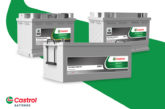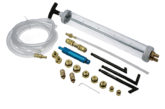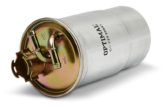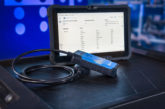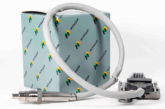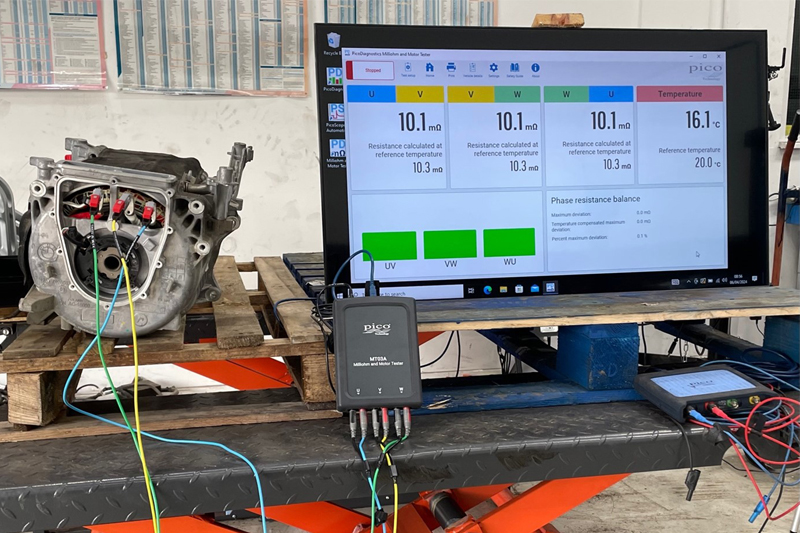
PMM ’s columnist and EV supremo Matt Cleevely has spent the past couple of months getting to grips with Pico’s latest EV tool – the MT03A Milliohm tester.
As regular readers will know, I write a column for PMM sharing my experiences of 28 years in the motor trade and my decision to embrace working on EVs within our workshop, and helping other independent garages make their own transition/decision. I don’t review products normally, however when the group mailshot went round asking if anyone wished to review the latest bit of equipment from Pico I jumped at the opportunity.
Like many workshops we have a Pico oscilloscope and use it as a vital part of our diagnostic tooling. The MT03A Milliohm tester, as with all Pico equipment, arrived in a sturdy plastic case which has the familiar, quality feel, as it is opened via the clamps that retain it. As you would expect with Pico, it has every cable neatly wrapped and protected, along with separate areas within the case for the various test leads and USB cable. The MT03A unit itself is also compact, its on-brand light blue colour instantly making me feel comfortable and excited about getting it out of the box and using it. Instructions are present, but the connections are simple, as is the software download from the Pico website. Very quickly and easily we were set up and ready to get testing… but what to connect it to?
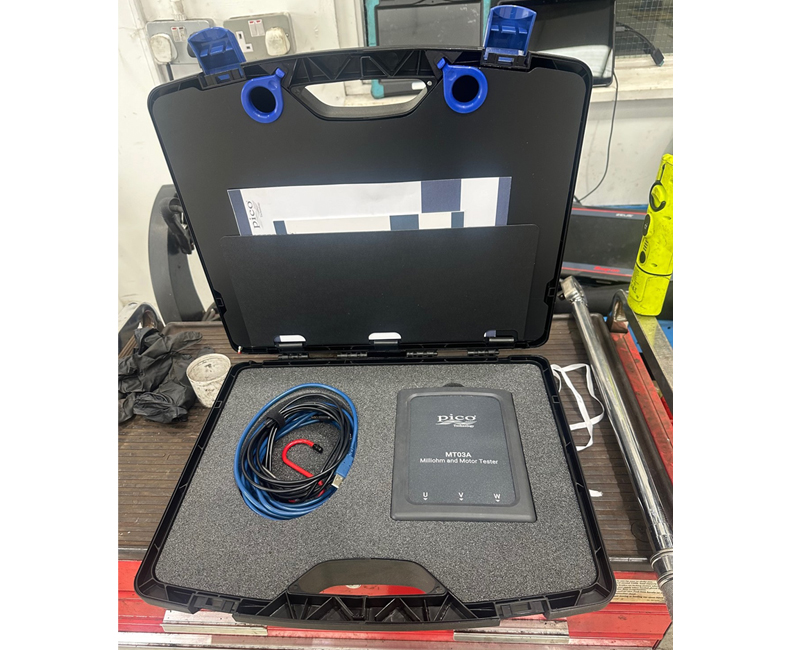
Now I understand that a Milliohm tester is a very specialist piece of equipment, and it won’t be at the top of everyone’s wish-list. For an EV specialist like us the need for one is high, 3-phase motor coil windings can, and do, fail. Being able to ‘see’ the resistance of the motors, to such an accurate level too, is fantastic. We have several Renault Zoes currently in the workshop, as well as previously removed HV motors that are faulty, so from that aspect we are very fortunate to have exactly what we needed to start to understand the tool’s capabilities and were not disappointed.
Motor test option
The opening software screen gives you the option of a motor test or stand-alone milliohm testing. As I was going to be testing and comparing motors I opted for the motor testing option. The connections were guided by the software, but also obvious. An on-screen prompt shows you if the connection of the crocodile clip has been made successfully, then the test is ready to start. A push on the start button and the software has an image showing testing in progress and on which motor phases. Once complete, the software displays the ohm reading of each motor phase, but most impressively and easily to read, it puts each phase result into a bar graph as a direct comparison, and displays the difference, so a failing motor winding shows as a clear failure or fault – brilliant. It shows test temperature too, via the included temperature probe. This is because, at such small resistance values, temperature can have a massive effect so needs to be considered. The display can be printed-off and given to your customer, it is presented so that it can be easily understood, no potentially confusing technical jargon, just facts.
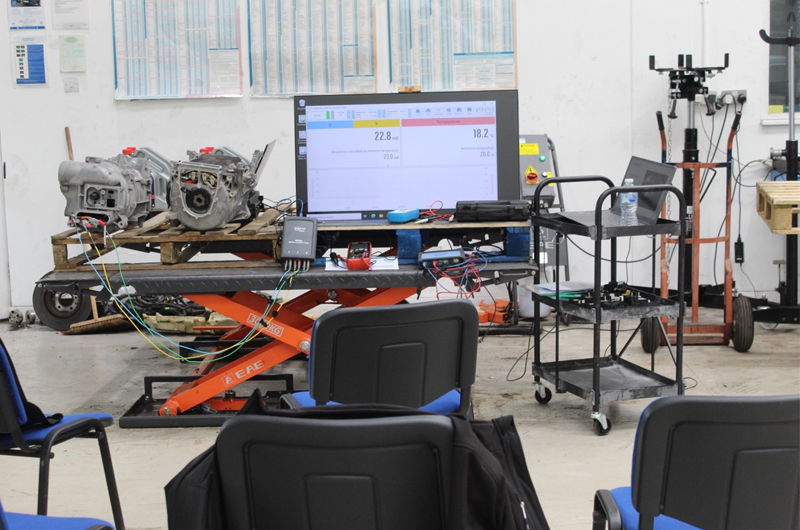
The milliohm tester is exactly that, an easy to understand and familiar Pico test software that displays the result of the test that you are carrying out using the same graph layout seen on the standard Pico Diagnostics software. One criticism I have is that I would like to have had some form of expected reading look-up, like we do with the waveform library on the Pico Diagnostic oscilloscope software, but knowing the helpful folk at Pico I’m sure there will be a plan for that in the future.
As components of vehicles become dearer, our knowledge and testing will have to become more accurate and thorough to prevent expensive misdiagnosis. Being able to test resistance to such a small level and have the results visible on a screen and printable for customers could mean that, used correctly, this tool makes back its cost very quickly, in saved diagnosis time and improved first-time fix rates. As I mention in my articles, there is a huge opportunity in EV for those who want to embrace this growing market. Electrification of AC compressors, starter motors as well as drive motors for BEV, Phev, Hybrid and even mild hybrids means that tools like the MT03A will be needed to diagnose successfully and accurately. Pico have made the MT03A familiar and easy to use, what is not to like about that?


